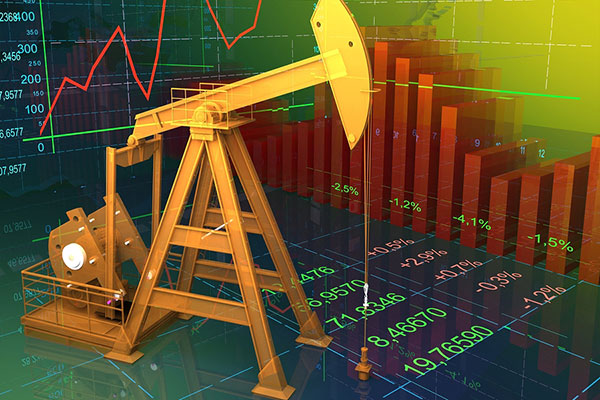
Amid energy rout, traders see opportunities in 2016
SINGAPORE, December 22, 2015
By Henning Gloystein
Energy markets have spent most of 2015 in a tailspin and there are expectations that oil, coal and natural gas prices could fall further next year. Despite the rout, many still see opportunities for profitable trading.
Energy markets have spent most of 2015 in a tailspin and there are expectations that oil, coal and natural gas prices could fall further next year.
Despite the rout, many still see opportunities for profitable trading beyond shorting a product on expectation of further price falls.
OIL
The best known energy spread is the price difference between US West Texas Intermediate (WTI) crude futures and the global benchmark Brent.
Many traders see opportunities in this trade for 2016 with British investment bank Barclays saying that WTI prices could flip into a premium over Brent.
"US production is set to decline in 2016 and is likely to fall even in 2017. Combined with new processing capacity completions, this means that a sustained premium for WTI... to Brent might emerge next year," the bank said.
WTI prices fell into a discount to Brent from 2010 as soaring US shale oil output created a domestic glut.
At the same time, tight global markets between 2010 and 2012 supported the Brent premium over WTI, with a peak of almost $28 per barrel in 2011.
Yet that spread CL-LCO1=R has collapsed over 90 per cent since February to under $1 as Russia and the Organization of the Petroleum Exporting Countries (OPEC) pump record amounts that leaves hundreds of thousands of barrels of crude produced every day in excess of demand.
Compounding the glut and pressuring Brent prices, the US has repealed a 40-year-old ban on crude exports and Iranian supplies are set to rise once sanctions are lifted.
Another crude trade calls for shorting the prompt end of the curve in expectation of more price declines in the coming months while taking long positions for delivery later, say late in 2016 when prices are expected to be higher.
A price curve with cheaper prompt than forward prices is called contango, and Barclays said on Monday that it expected the "contango to widen," albeit at a moderate pace.
"Although there are some downside risks for oil prices in the near-term, we believe that oil prices will recover in the course of 2016," ABN Amro said.
In the refined oil products market, traders may go long gasoline futures and short gasoil contracts. This trade remains popular as growth in car sales spurs petrol demand, while diesel use has sagged in line with China's slowing manufacturing sector. Also, an unusually warm early winter in the northern hemisphere because of an El Nino weather pattern has reduced heating oil demand globally.
"You short the weakest link. The weakest product seems to be heating oil right now due mild weather, said one senior oil trader, who spoke on condition of anonymity as he is not authorised to talk about trading strategies.
COAL AND GAS
Natural gas prices have also tumbled, with benchmark US Henry Hub futures falling to 14-year lows below $2 per million British thermal units (mmBtu) this month and Asian liquefied natural gas (LNG) prices LNG-AS sliding two-thirds since 2014 to under $7.5 per mmBtu.
Although the overall US winter is expected to remain mild, a sudden cold snap - as seen last year - and the start of US LNG exports in the coming months could support Henry Hub prices. Meanwhile, those US cargoes, along with new supply from Australia, will hit Asia just as demand from the main LNG importers - Japan, South Korea and also China - stalls.
Credit Suisse said in its 2016 LNG outlook that Asia spot prices were set to be "far lower as Asia moves from a spot importer to exporter."
Traders may take long positions in US natural gas while shorting Asian LNG to profit from this expected divergence.
In coal markets, where API2 futures have tumbled 80 per cent since their 2008 peak, a new arbitrage trade might emerge following the Paris climate accord.
"We... see an 'anti-coal' trade emerging from the utilities angle, with exposure to silver (for photovoltaic cells) and uranium (for nuclear power) looking more preferable to thermal coal... which we see below current spot levels in 2020," Macquarie bank said, adding that coal was "now past peak demand" and that prices would fall another 25 per cent in the next five years. – Reuters







